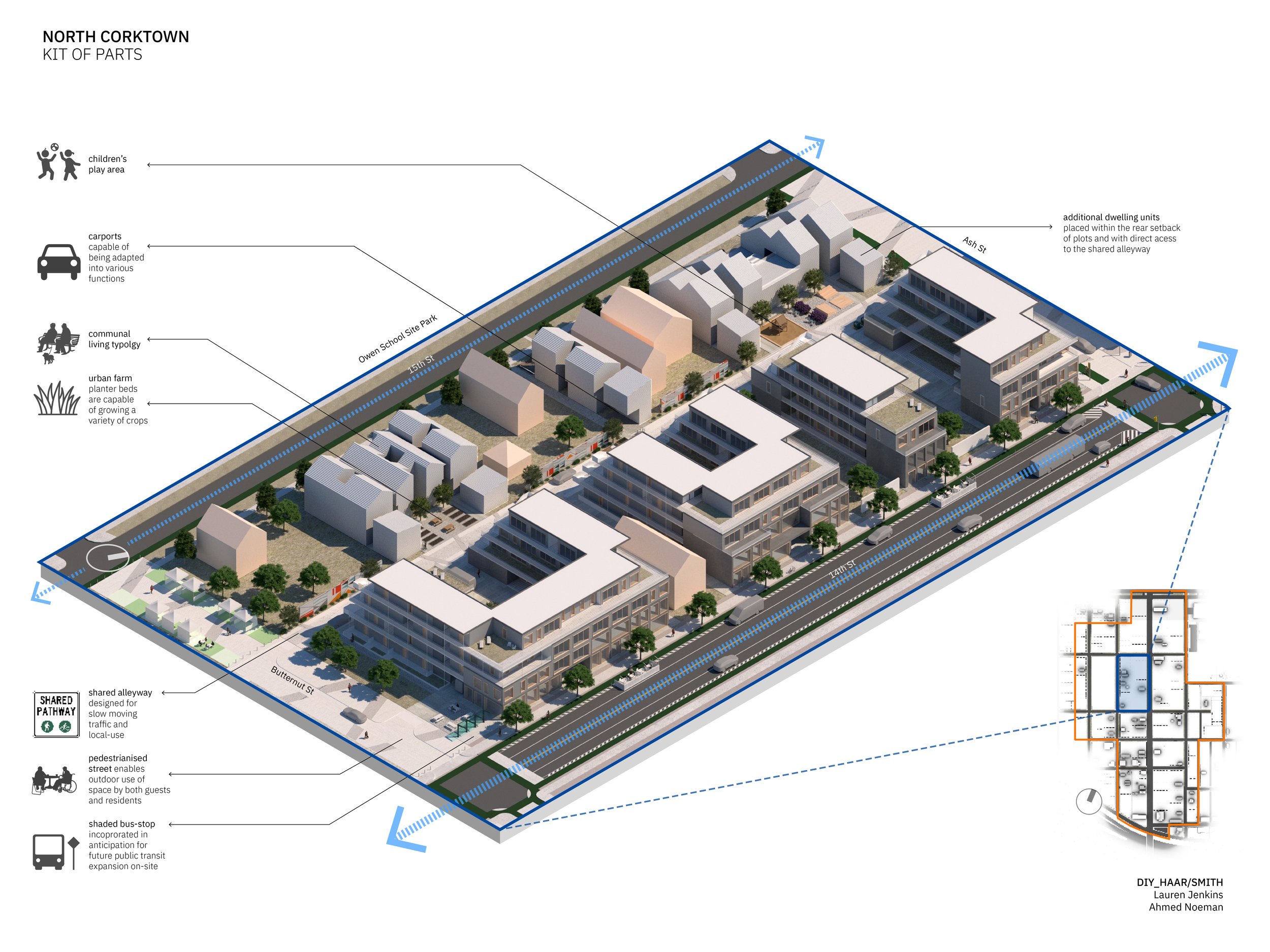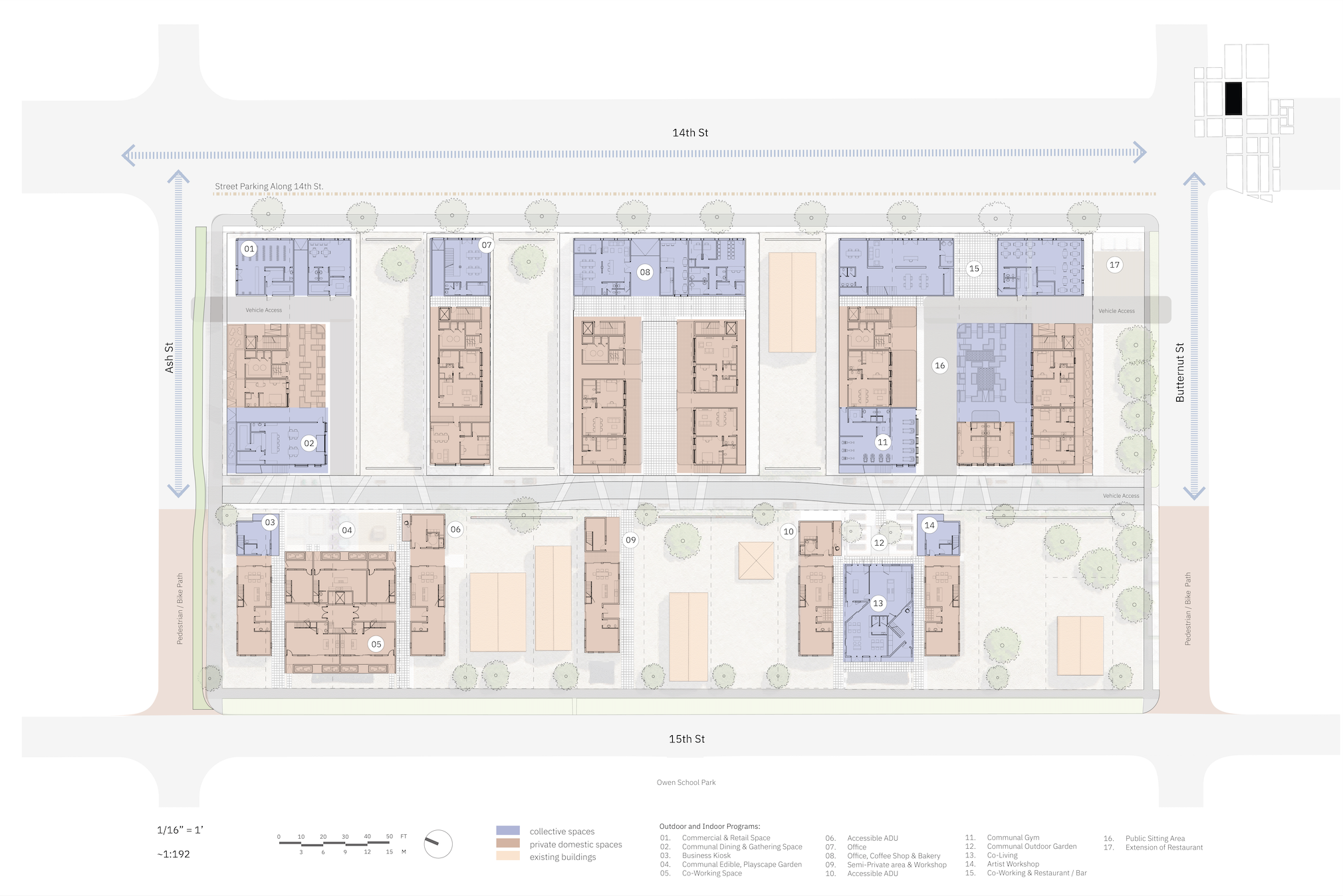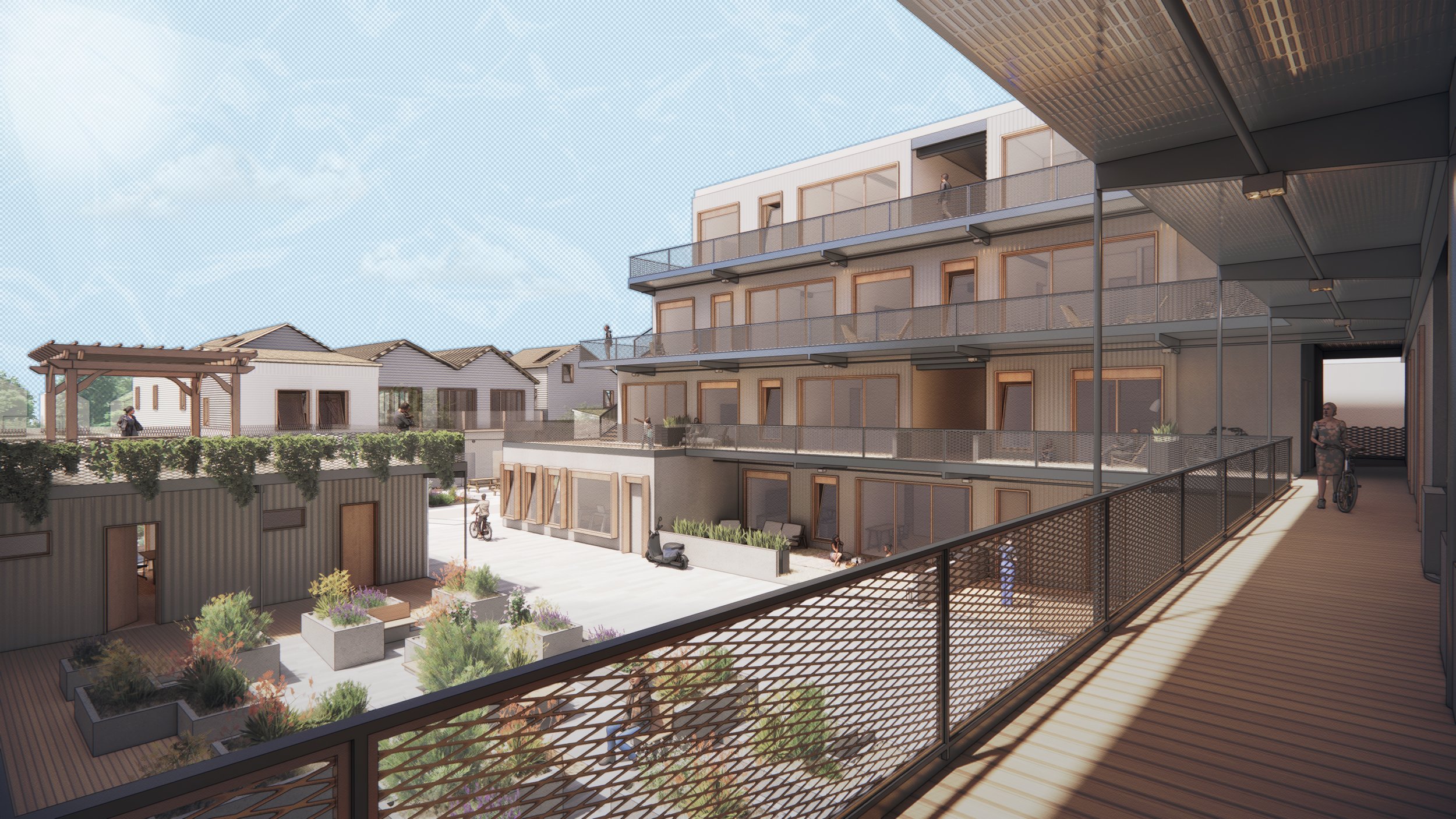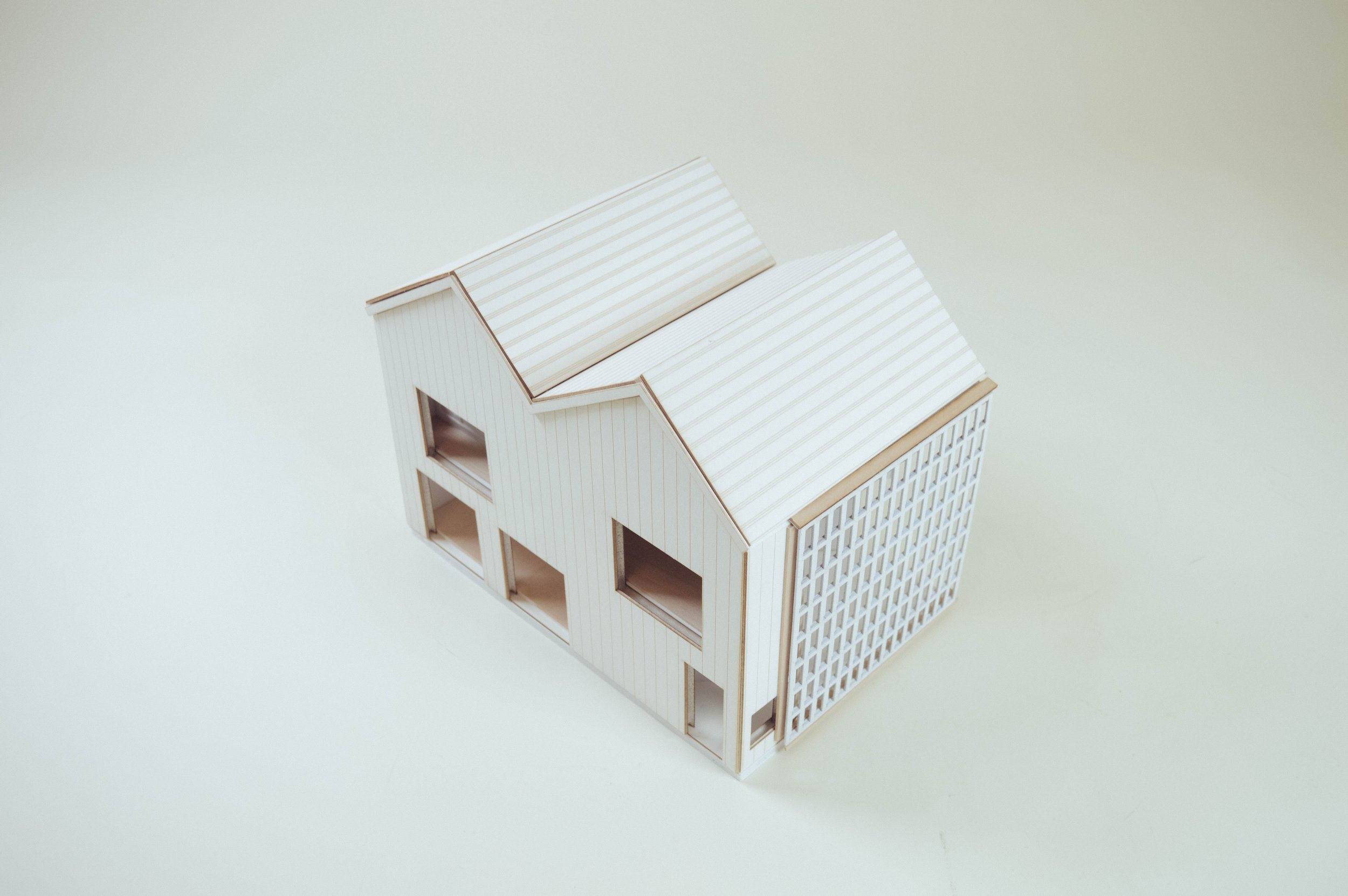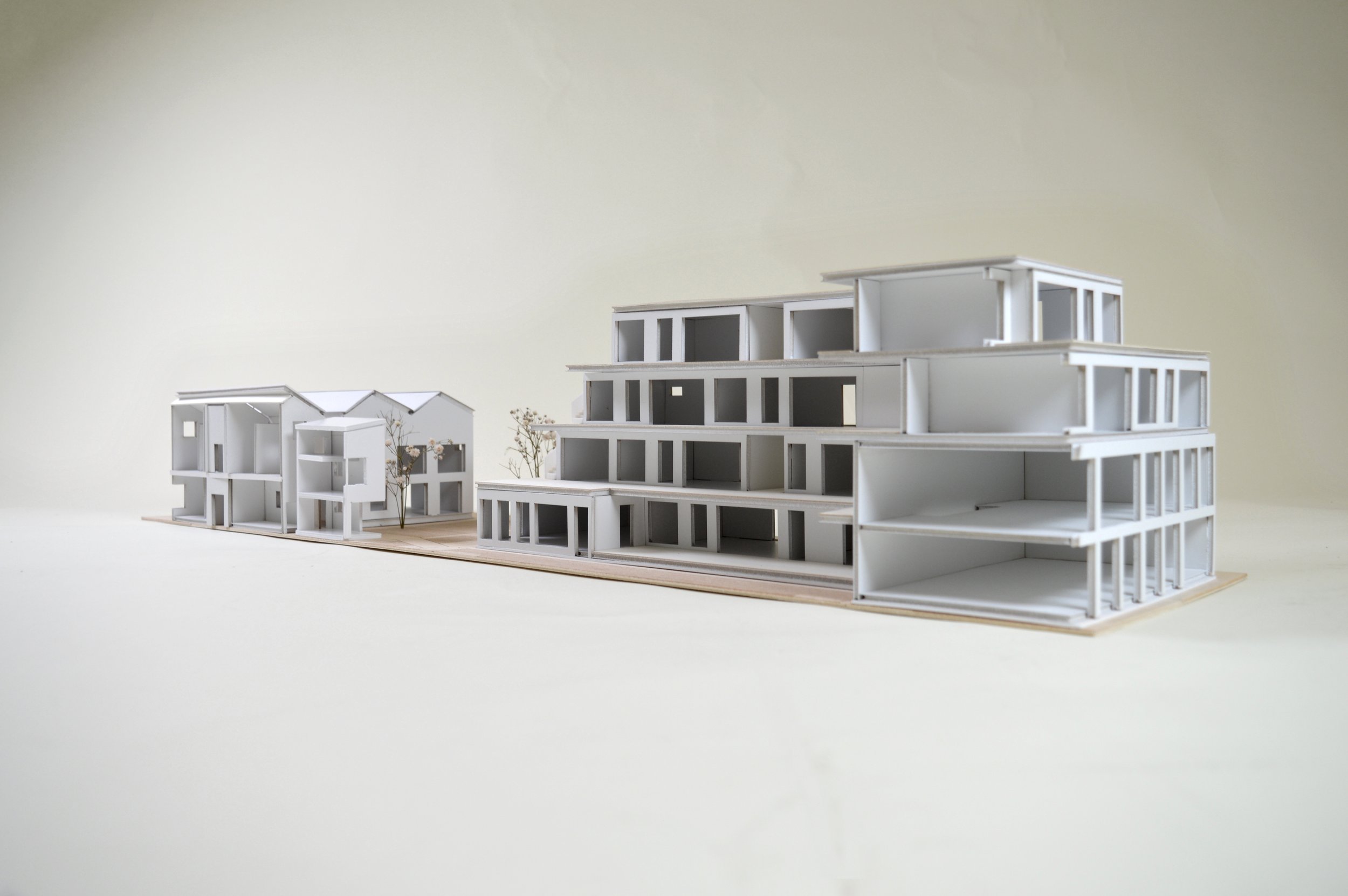
Re-habitable Urbanism
Modules for the Self-organized City
University of Michigan Taubman College Graduate School of Architecture
Collectives Studio Winter 2023
Instructor: Sharon Haar, Adam Smith
Project Narrative
As a team of two, Ahmed and I, formulated a kit of parts that appropriately corresponds to the parcel zoning of SD1, Special Development District of small-scale mixed-use, and R3, Low-Density Residential District. This kit aims to appropriately densify the neighborhood and to create building blocks suitable for both individual residents’ and community needs.
SD1’s essential kit is to provide a stacking grid system of modular trays that is interchangeable with desired programs. SD1 lines the high-traffic 14th street which creates opportunities for programs of essential need, leisure activities, and health services to be easily accessible at ground level. Stacked above this level and on the ground level will be an insertion of various mid-rise residential units that create unique adjacencies, and pockets of collective engagement within the grid. This approach values the needs of public, semi-public, and semi-private spaces and the collective engagement of multiple layers of activity.
R3’s kit of essential parts diverts from the single-family home on a single parcel to a woven network of smaller, detached homes, townhouses, and ADUs. Each housing type is set on a modular grid and offers interchangeable floors that stack from a single level up to three levels of living space. Each provides a housing mix for diversity and a more engaged style of living; whether that be co-living, co-working, a duplex approach, or shared collective space on the ground level. This kit values the sense of communal activity in a dense environment, affordability, and pockets of semi-private space for the entirety of the neighborhood.
We see the opening up and urban development of North Corktown as an essential leeway for the surrounding streetscape. This will manifest the ease of pedestrian navigation, bike routes, transit stops, interactions at neighborhood parks, engagement in alleyways, and occasions for streets built for temporary programs. Another advancement is the insertion of a green route network filled with proper diversity accessible for all visitors that will be interwoven throughout North Corktown. We see the kit-of-parts model as a positive factor in determining the morphology and new building blocks for the potential of North Corktown.
